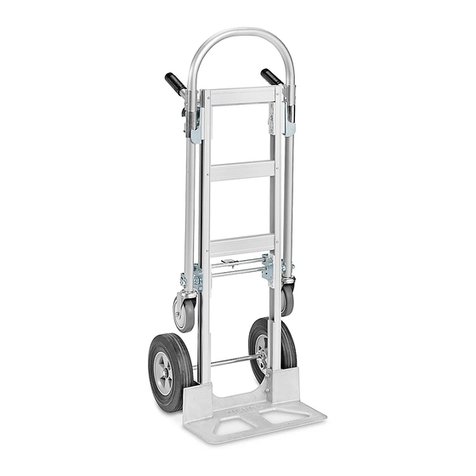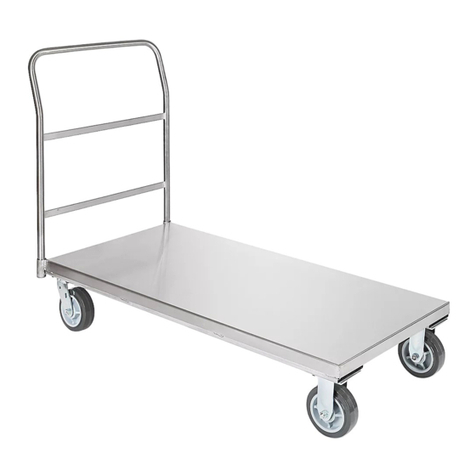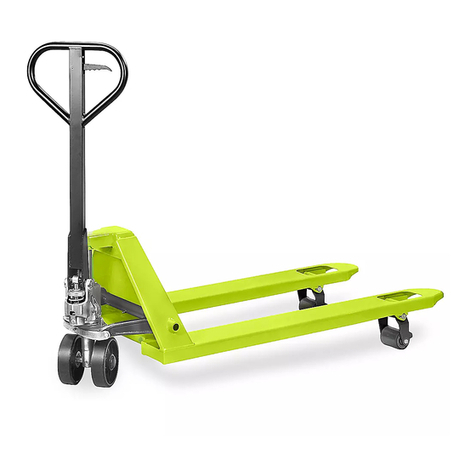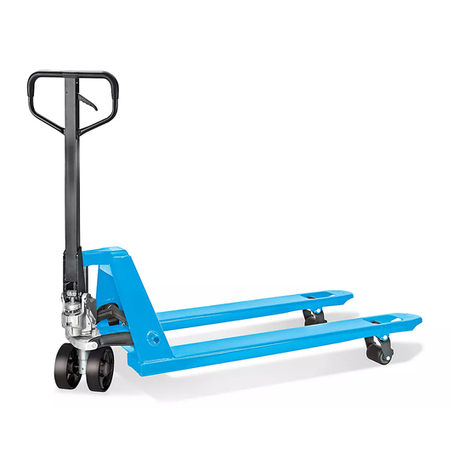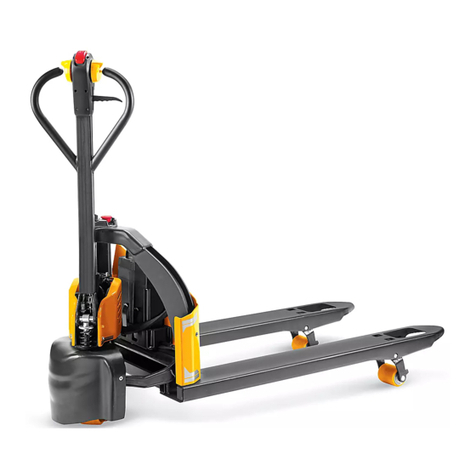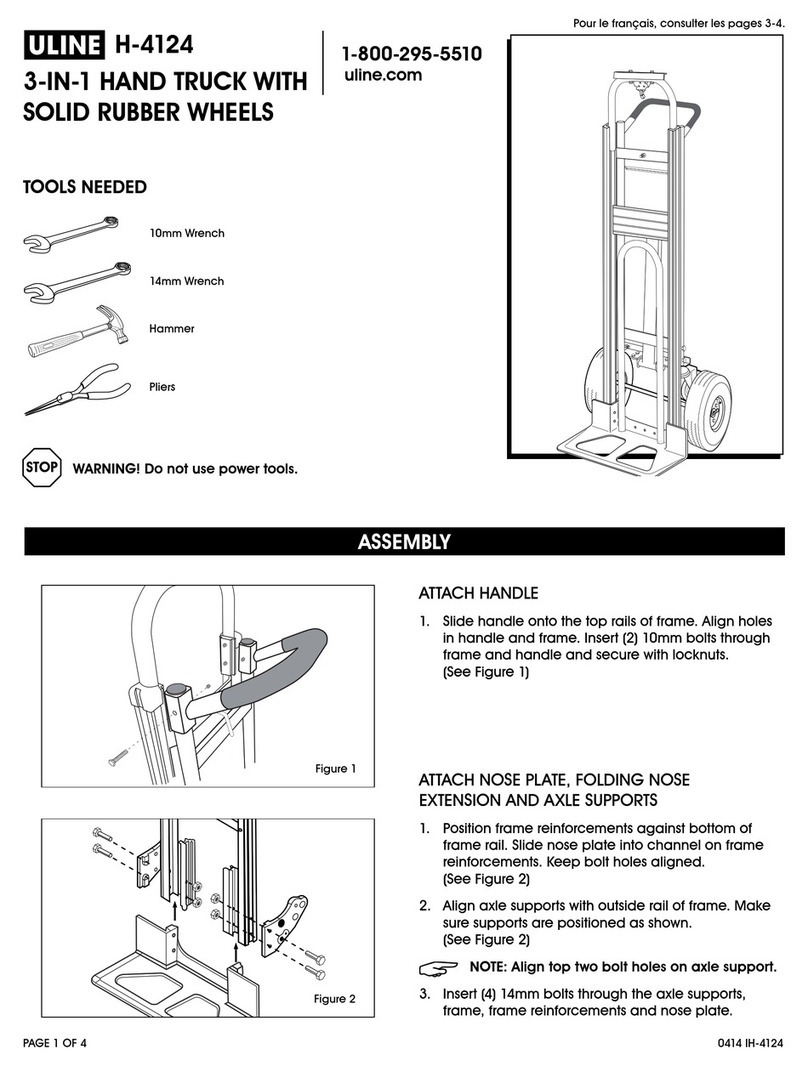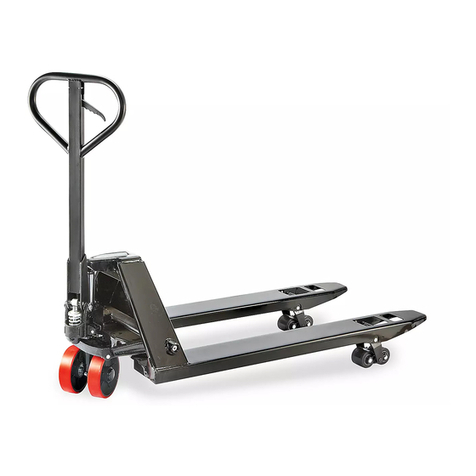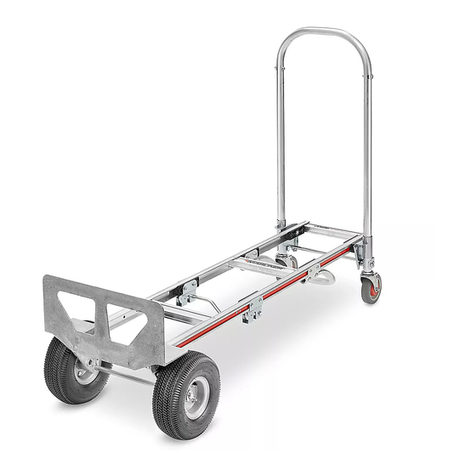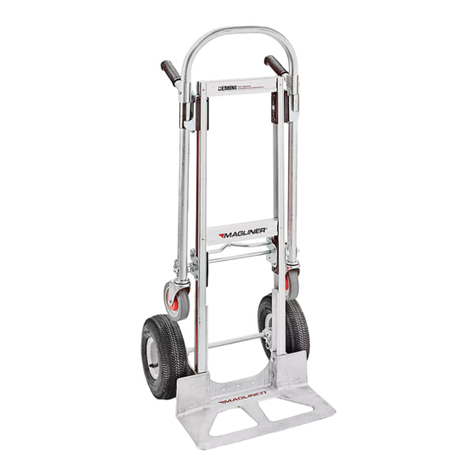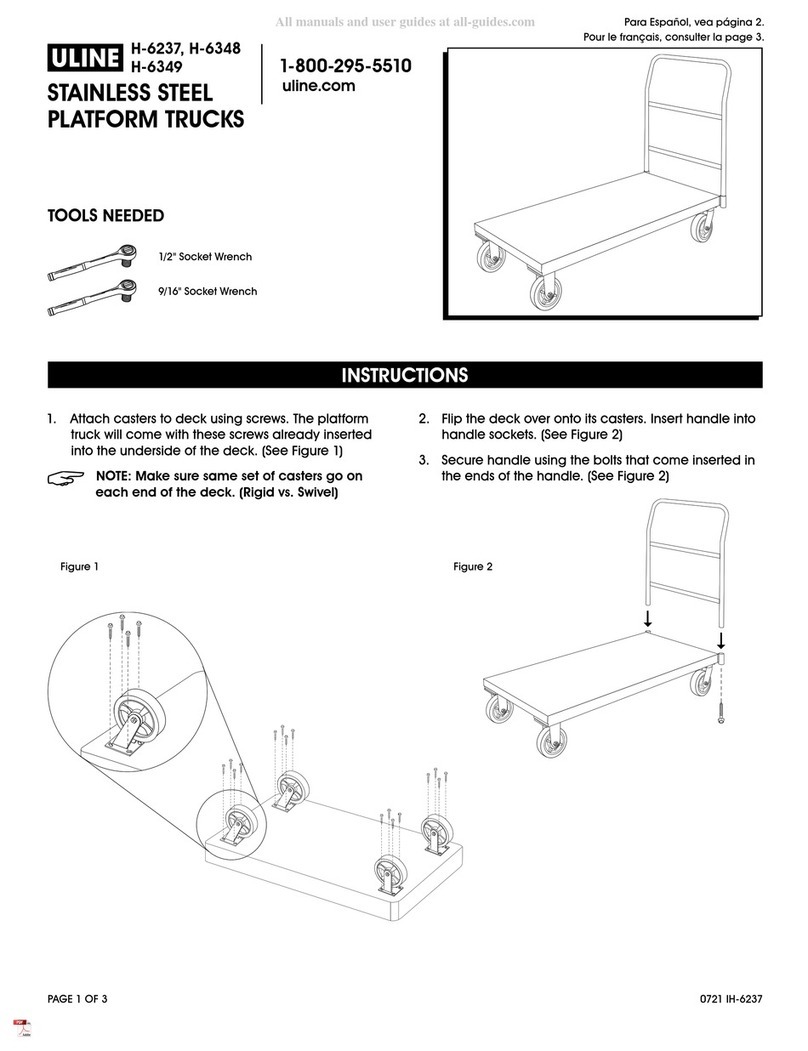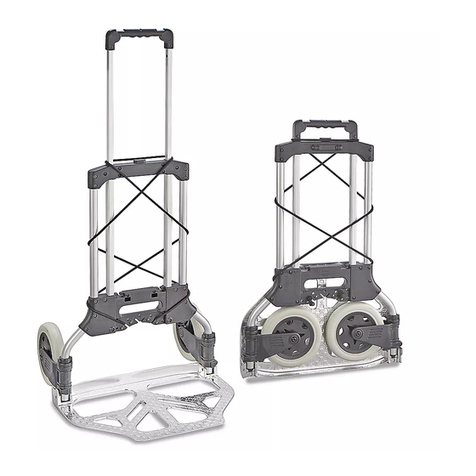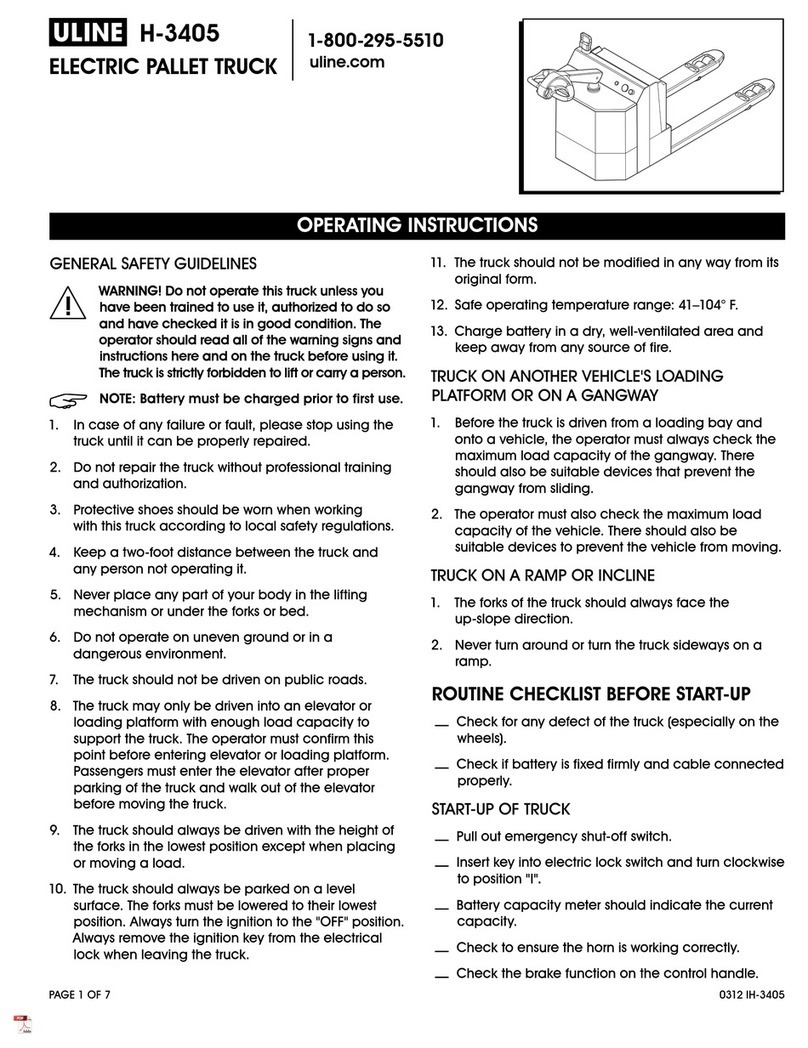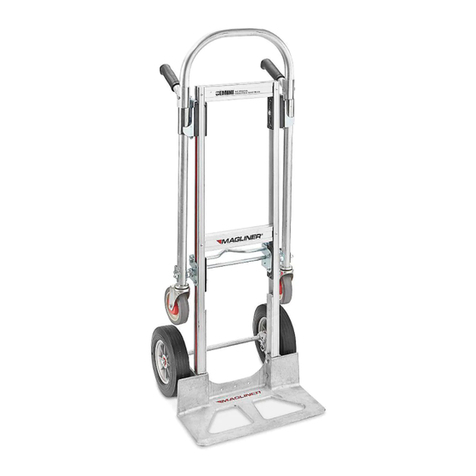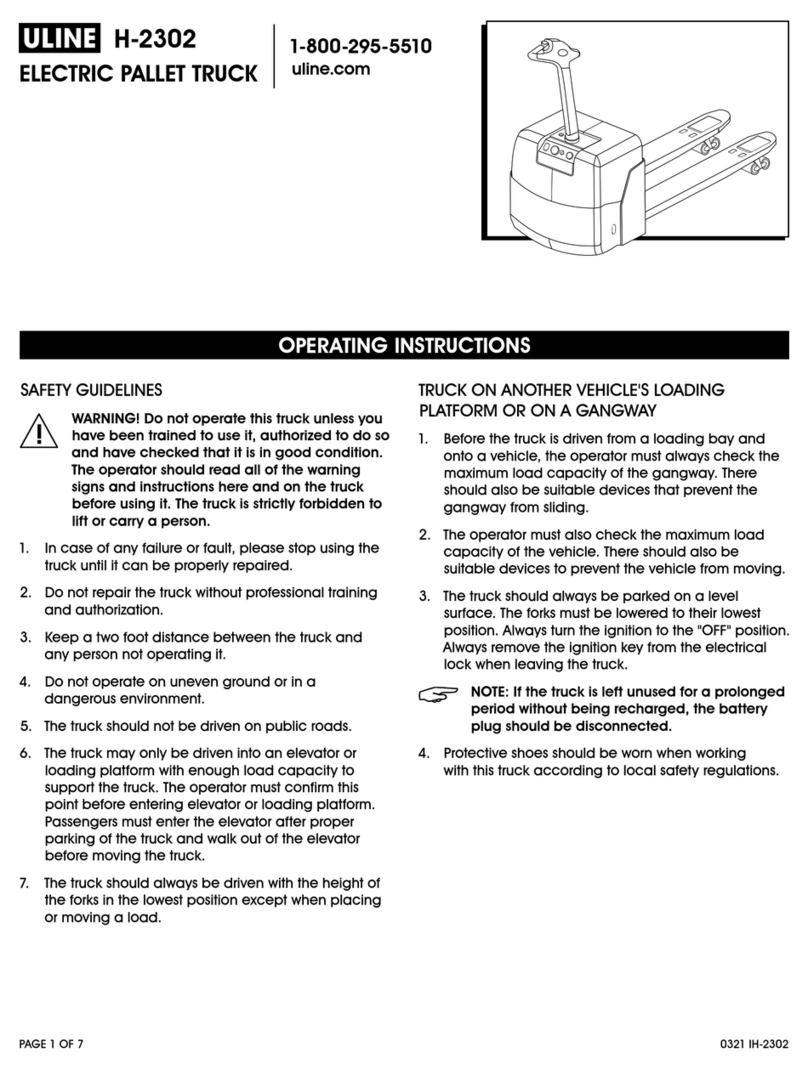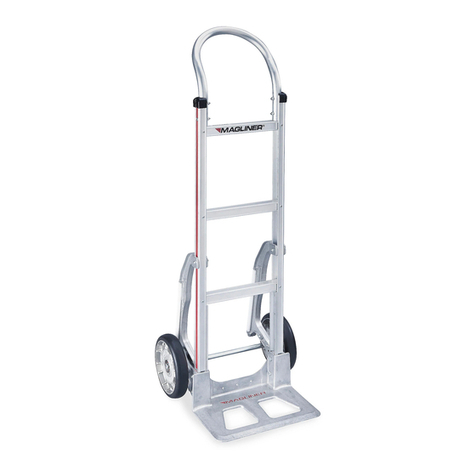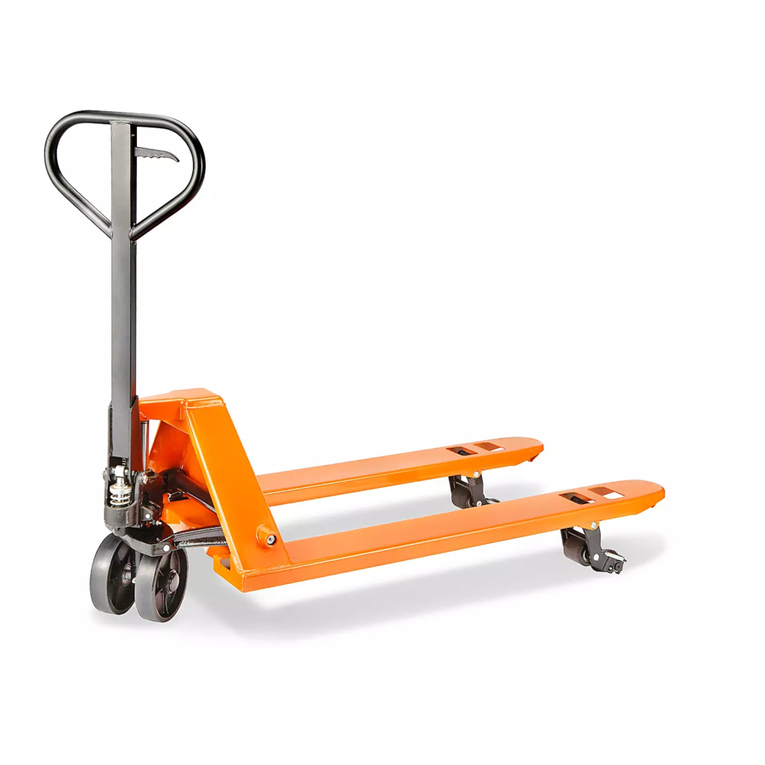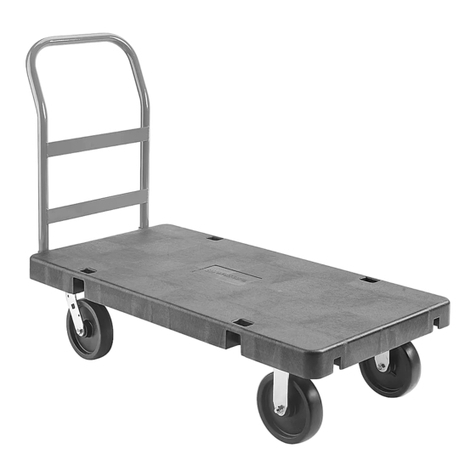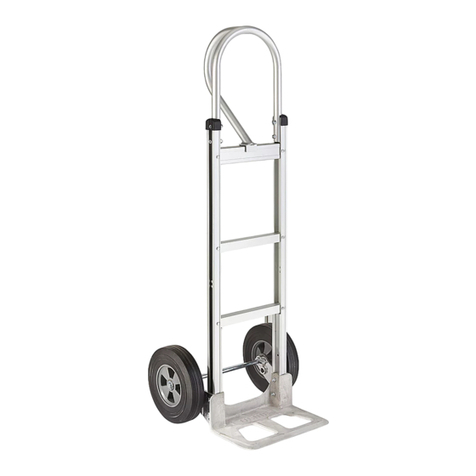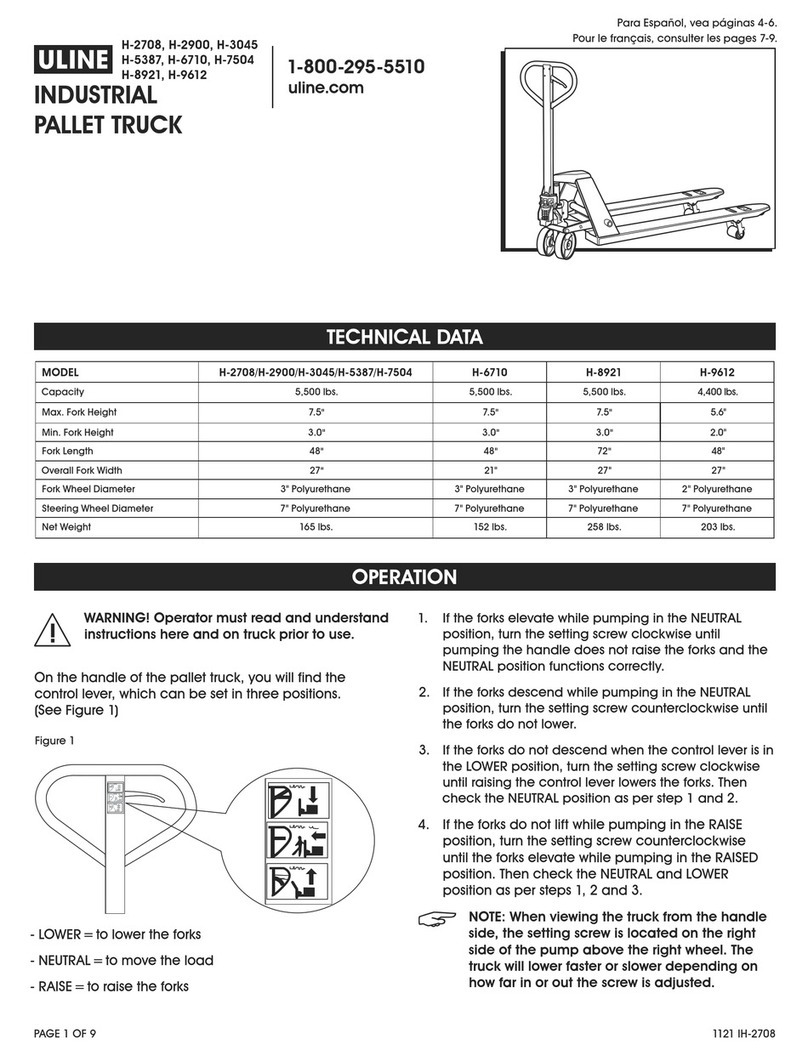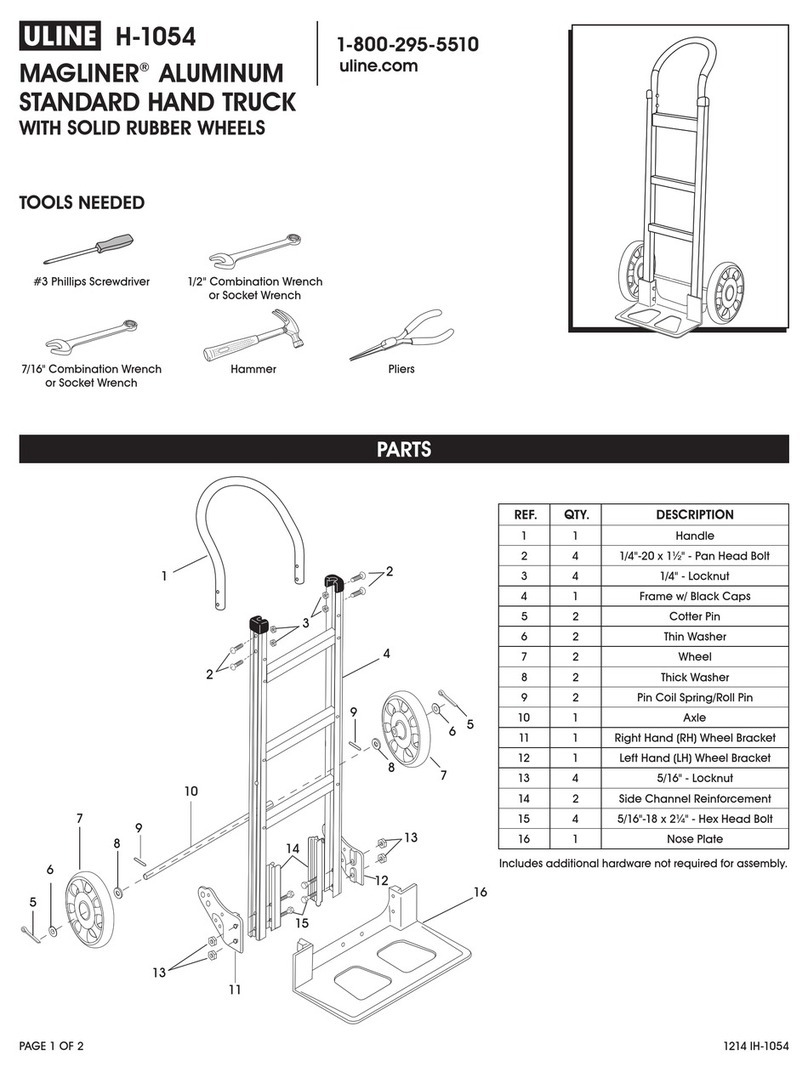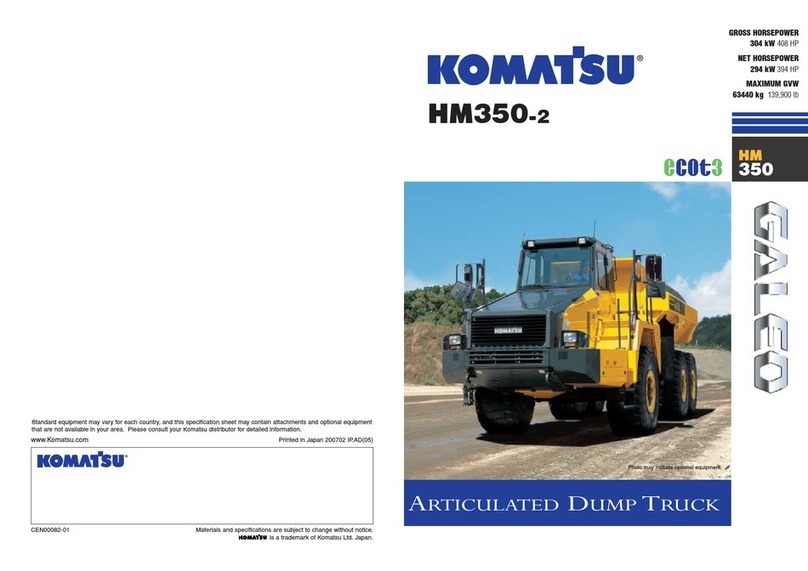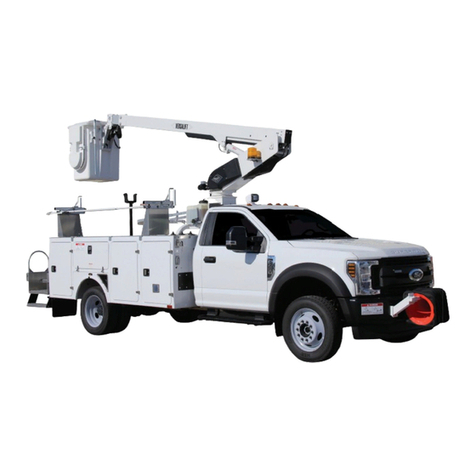
PAGE 3 OF 4 1114 IH-4709
BEFORE OPERATION
The Operator Checks table below covers important
inspection points on trucks that should be checked
prior to operation. Depending on use, some trucks may
require additional checks.
WARNING! Periodic maintenance of this truck
by a qualified technician is required.
WARNING! A qualified service technician
should check the truck monthly for proper
lubrication, proper fluid levels, brake
maintenance, motor maintenance and other
areas.
WARNING! If the truck is found to be unsafe and
in need of repair, or if it contributes to an unsafe
condition, report immediately to the designated
authority. Do not operate the truck until it has
been restored to a safe operating condition.
Do not make any unauthorized repairs or
adjustments. All service must be performed by a
qualified service technician.
OPERATION
OPERATOR CHECKS
ITEM PROCEDURE
Transmission and Hydraulic Systems Check for signs of fluid leakage.
Forks Check for cracks and damage.
Guards and Load Backrest Check that safety guards are properly secured and not damaged.
Safety Signs Check that warning labels, nameplate, etc., are in good condition and legible.
Horn Check that horn sounds when operated.
Steering Check for binding or looseness in steering arm when steering.
Travel Controls Check that speed controls on control handle operate in all speed ranges in forward and
reverse and that belly button switch functions.
Wheels Check drive wheel for cracks or damage.
Move truck to check load wheels for freedom of rotation.
Hydraulic Controls Check operation of lift and lower to their maximum positions.
Brakes Check that brakes actuate when steering arm is raised to upright position and when lowered to
horizontal position.
Deadman/Parking Brake Check that steering arm raises to upright position when released and that brake applies.
Battery Disconnect Check that battery can be disconnected and reconnected. Check for connector damage.
INSTRUMENTS AND CONTROLS
The steering arm and control handle provide controls
for steering, forward and reverse speed control, braking,
raising and lowering the forks and horn. Control handles
on all models have a “belly-button” reversing switch,
which reverses the direction of the truck upon contact
with the operator. (See Figure 4)
FORWARD AND REVERSE TRAVEL
AND SPEED CONTROL
All directional and speed controls are located on the
control handle.
Forward and reverse are controlled by rotating the
speed control lever. (See Figure 4) The lever is spring
loaded to return to neutral when released. Further
rotation in either direction will progress the truck from
slow to maximum travel speed.
To change directions or to stop the truck, rotate the
speed control lever in the opposite direction. The truck
will come to a stop, and then (unless the controls are
returned to the center neutral position) accelerate in the
opposite direction.
STEERING
Moving the control handle (which connects to the
steering arm) right or left will turn the truck right or left.
When maneuvering around corners, make square turns
and be sure there is adequate clearance.
Figure 4
Lower
Buttons
Reverse
Speed
Control
Raise
Buttons
Belly
Button
Switch
Forward
Speed
Control
